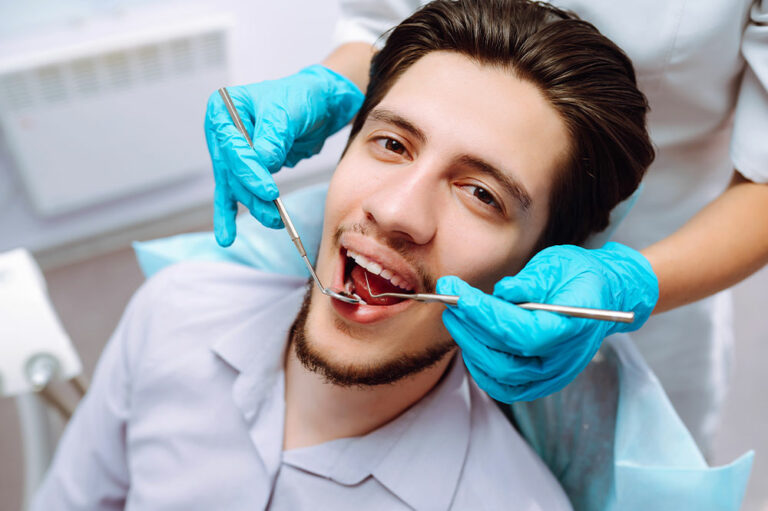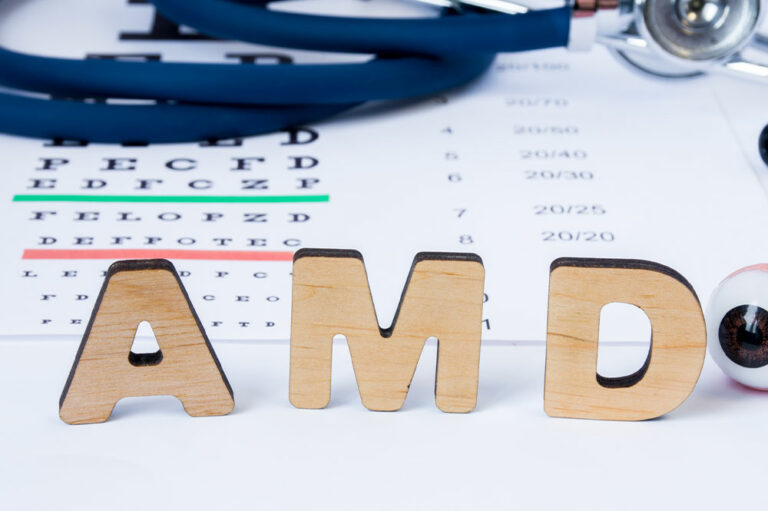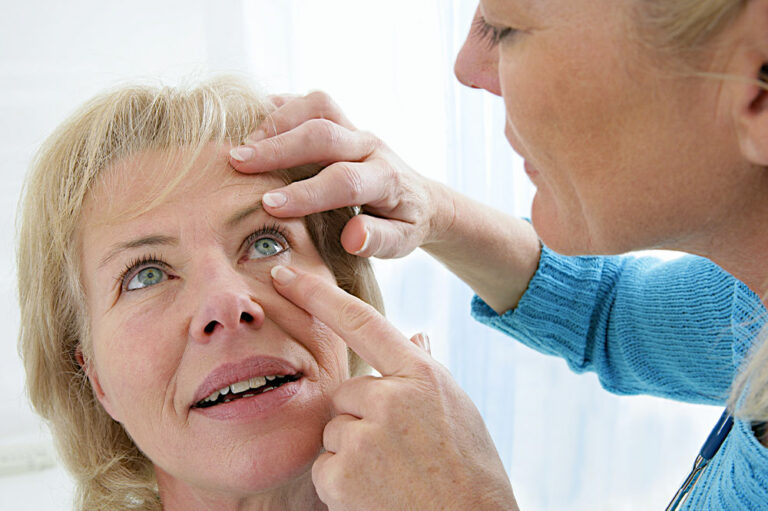
6 common mistakes to avoid when managing thyroid eye disease
Thyroid eye disease (TED) is an autoimmune condition that causes inflammation and damage to the muscles and tissues around the eye. Common symptoms include dry and irritated eyes, watery eyes, red eyes, bulging eyes, double vision, pain, and difficulty closing the eyes completely. The condition is closely related to Graves’ disease, another autoimmune condition that leads to hyperthyroidism. One must avoid the following six mistakes to manage thyroid eye disease better.
Not following healthy eating habits
To manage their thyroid health, patients must pay special attention to what they eat. Experts often recommend a special nutritional plan rich in minerals like iodine and selenium to synthesize thyroid hormones. These hormones manage the body’s metabolism, energy production, and hormone balance.
Some foods can help improve thyroid function, while others may slow it down. Those with thyroid eye disease should eat foods with antioxidants and anti-inflammatory properties, such as leafy greens, berries, ginger, and green tea. At the same time, they must limit caffeine intake and avoid the following:
– Cruciferous vegetables
Eating too many cruciferous vegetables may disrupt how the thyroid uses iodine, leading to several health complications in those with thyroid eye disease. Some common cruciferous vegetables one should avoid are broccoli, cauliflower, and kale.
– Refined carbs
Refined carbs in baked goods, candy, and sugar can worsen inflammation. Therefore, patients should swap sugar for natural sweeteners like agave or date syrup and switch to gluten-free alternatives like almond or coconut flour.
– Excessive iodine
While iodine-rich foods are important, one must carefully monitor their intake. Foods with high amounts of iodine, such as seaweed, kelp, fish, carrageen, and agar-agar, may worsen the symptoms in cases with hyperthyroidism.
Ignoring the treatment plan
When diagnosed with thyroid disease, doctors may prescribe certain treatments that patients must use regularly. The treatments usually aim to reduce the production of thyroid hormones. Depending on the nature and severity of one’s condition, doctors may also recommend cool compresses, prisms, eye drops, taping, orbital compression therapy, and, in severe cases, eye muscle or eyelid surgery. Individuals must follow this treatment plan thoroughly. Even slight deviations could worsen the symptoms, causing the condition to progress. Additionally, patients must go for follow-ups so that the expert can examine them and adjust dosage levels for better results.
Overlooking the importance of exercise
Those with thyroid eye disease often have a high metabolic rate, which could lead to a complacent attitude toward exercise. Although exercise may not reduce the severity of the symptoms, it can help boost mood and energy. Therefore, individuals can consider adding low-impact exercises, such as walking, swimming, or yoga, to their daily schedule. These can work wonders in improving flexibility, strength, and mobility. Those with Graves’ disease must also add strength training or load-bearing exercises to their workout routine, as these can help improve bone density and reduce the risk of brittle bones.
Not managing stress
There are two kinds of stress: eustress and distress. The former positively affects one’s daily life, often leading to encouragement or personal growth. However, the latter takes a negative toll. Chronic distress triggers the release of cortisol, which disrupts the body’s endocrine system. As a result, it impacts the regulation of thyroid hormone, worsening the symptoms. This stress may also impact other lifestyle habits, such as one’s nutrition intake, exercise routine, or sleep cycles, creating an unhealthy cycle that is hard to escape. To avoid this, individuals with thyroid eye disease must work on finding ways to relieve stress. Deep abdominal breathing exercises, yoga, mindfulness meditation, guided imagery, massages, baths, tai chi, listening to music, participating in hobbies, and seeking social support may help achieve this goal.
Skipping regular check-ups
Since hormone levels can fluctuate, it is important to adjust treatment accordingly. One can do this only by going to the doctor for regular check-ups. Most patients usually work with a team of doctors consisting of a primary care physician, an ophthalmologist, an endocrine specialist, an internist, and a surgeon. Visits to these doctors can help one keep tabs on their condition’s progress, discuss symptoms and side effects, explore alternative therapies, and stop the worsening of symptoms. These visits also give those with thyroid eye disease a space to discuss their issues and receive answers. They can understand the disease better and develop confidence in their treatment plans, leading to careful and effective management.
Not wearing sunglasses or using eyedrops
Thyroid eye disease can make one’s eyes sensitive to excessive light. To avoid complications, those with this condition must wear eyeglasses indoors and sunglasses when stepping out. However, eye protection alone may not help. Managing symptoms like dry, red, itchy, or gritty eyes may require keeping the eyes lubricated with eye drops. One must speak to their ophthalmologist about the right eye drops or artificial tears. Options with added redness removers or preservatives may worsen inflammation, so patients should avoid them. The doctor can help pick the right eyewear and eyedrops for one’s needs.
Dealing with an autoimmune condition like thyroid eye disease can be challenging. Although there is no cure, individuals can learn to manage it effectively to reduce the risk of vision damage or loss.







